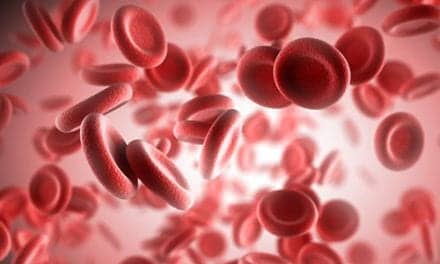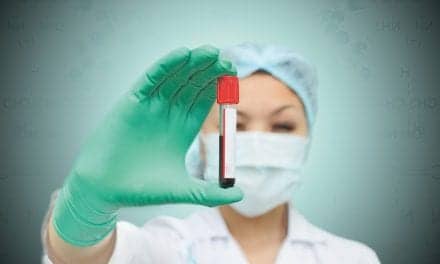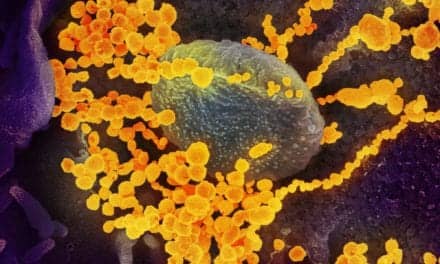The National Institutes of Health (NIH) has provided $85 million over 5 years to nine new studies aimed at developing induced pluripotent stem (iPS) cells from patients with genetic variations that have been associated with pulmonary hypertension, coronary artery disease, clotting disorders, diabetes, and other conditions. The studies will build upon previous genome-wide association study (GWAS) findings and investigate how gene variants lead to the physical manifestations of these diseases.
“These studies will illuminate how specific genes behave in different tissues and should clarify the mechanisms by which a gene associated with a disease affects the biology of different tissues,” said Susan B. Shurin, MD, acting director of the NIH’s National Heart, Lung, and Blood Institute, which is funding most of the studies. “Understanding the cellular and tissue biology will allow us to develop and test new therapies and prevention methods. These approaches using iPS cells on a large scale could improve the predictive value of preclinical testing, benefit regenerative medicine, and reduce the need for animal models of disease.”
Currently, sampling internal organs such as the lung, heart, liver, kidney, or bone marrow requires invasive procedures that entail discomfort and some risk to the patient. In addition, the samples obtained are often quite small. Many genetic, molecular, and biologic tests are done on tissue samples taken from the blood, urine, saliva, skin, or hair of living patients to avoid such risks. Studying those samples often fails to give researchers a useful picture of a disease because each type of tissue has a different set of functions determined by the expression of a different combination of genes. According to the NIH, transforming easily harvested samples into iPS cells and then differentiating them into lung, heart, or other types of cells should provide a noninvasive way to more completely model and understand disease.
The projects will develop improved technologies and techniques for creating and differentiating iPS cells more efficiently. Effective tools will be scaled up so that iPS cells can be created from hundreds or thousands of patients and healthy volunteers and applied to large populations of people.
Once the iPS cells are developed and transformed into various tissues, the researchers will be able to conduct tests on their “diseases in a dish.” The researchers will be able to assess how the tissues react to a drug or to environmental changes such as low oxygen levels. The results should provide information about the molecular and cellular effects of genetic variation, the mechanisms of disease development and progression, and the way tissues with genetic variants respond differently at a cellular level to medical therapies and environmental factors.
Source: National Heart, Lung, and Blood Institute









